Sizing up the economic impact of the Baltimore bridge collapse
The Port of Baltimore is known for handling coal, sugar and specialised vehicles and the bridge collapse could have major knock-on effects.
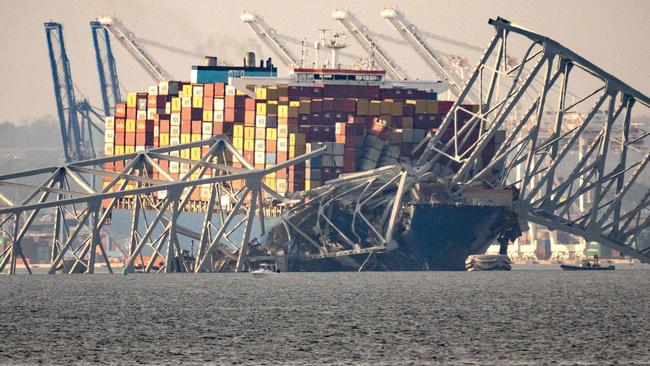
The containership crash that downed a Baltimore bridge Tuesday stands to snarl shipping along the East Coast for months.
Officials say the bridge collapse could affect port operations for a long time, forcing other ports in the region to take on extra shipments. Companies that transport cars and coal, two of the important categories of cargo that run through Baltimore, already are looking for alternative destinations.
Those pressures are likely to intensify the longer port traffic is slowed, but for how long wasn’t clear. “We don’t have an estimate on timeline as of yet,” Maryland Gov. Wes Moore said Tuesday. “Our focus really is right now making sure we’re saving lives.” Here are the areas most likely to be affected.
Shipping The Francis Scott Key Bridge crossed the Patapsco River that leads into the Port of Baltimore. Officials have suspended all vessel traffic until further notice.
The Baltimore port is a key entry point to the U.S. market for imported cars and farm equipment, as well as America’s second-largest hub for exporting coal to be sold abroad.
Though it is a top-10 U.S. port by container volumes, it processes far fewer containers than other East Coast ports including the Port of New York and New Jersey. Much of the boxship traffic that was headed to Baltimore is likely to go there.

Coal Any disruptions could hit global coal markets especially hard. Traders exported about 22.9 million metric tons of the commodity from Baltimore last year, according to ship-tracking firm Kpler, sending much of the heat- and power-generation fuel to buyers in India, China and Europe. The total represented more than 27% of all U.S. seaborne coal exports.
The Pennsylvania coal producer Consol Energy and rail operator CSX operate export terminals at the port. The share prices of both firms fell Tuesday.
Consol said in a statement that it is working with authorities to restore operations at its facility. “However, at this moment, we do not have a definitive timeline of when vessel access or normal operations will resume,” the company said.
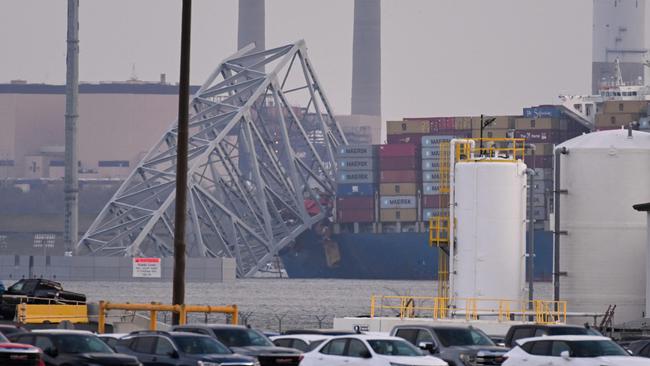
Companies could divert some shipments to the larger coal-exporting hub of Norfolk, Va., said John Kartsonas, managing partner at Breakwave Advisors, a commodities shipping consulting firm and trader behind two shipping exchange-traded funds. But finding railcars and dockside storage on short notice could pose problems, especially given ample stockpiles and low prices for coal.
“I don’t think anyone is going to take the cost to rail it somewhere else,” Kartsonas said.
Sugar While coal is the major commodity shipped out of the port, raw sugar is a significant import. The Domino Sugar refinery there is one of the largest in the U.S., producing up to 6 million pounds of refined sugar daily.
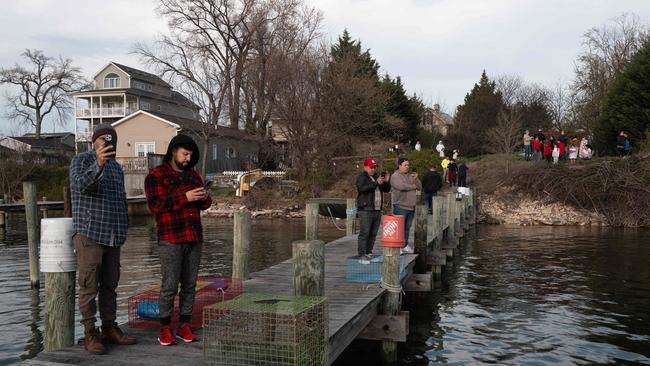
It appears unlikely, though, that operations in the sugar industry will be disrupted. Owner ASR Group said the plant has six to eight weeks of raw sugar stockpiled after two ships were unloaded this week, and that it expects no short-term disruptions to its operations. If the port is blocked for an extended period, the company can tap in to stockpiles of refined sugar at its other U.S. refineries and warehouses, a spokeswoman said.
Raw sugar, which is shipped in smaller ships, also could be unloaded at other ports and shipped to the refinery by rail, said Kartsonas, the commodity shipping consultant.
Vehicles The goods that pass through Baltimore tend to be specialized, like larger vehicles that require special handling, said Johns Hopkins University business professor Tinglong Dai.
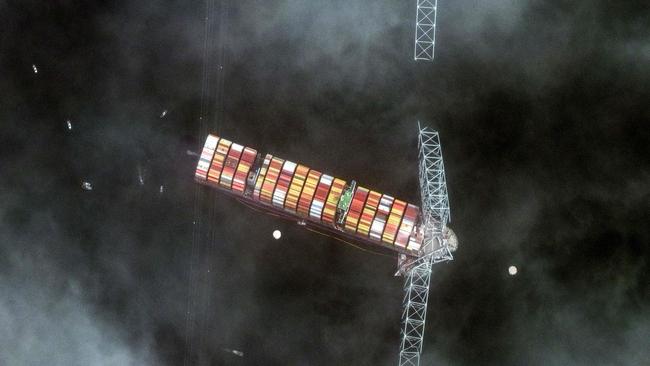
The port administration says Baltimore is the biggest port on the East Coast for handling “Ro-Ro,” short for roll-on-roll-off cargoes of autos, trucks, tractors and wheeled cranes. It is the largest port in the U.S. for specialized cargo like trucks, tractors and trailers.
The shipping fallout from Tuesday’s accident is likely to be much milder than impacts from a series of shocks in recent years, from pandemic-era backups to war and drought. Still, Dai said, the bridge collapse is “in the short term a very big disruption.” Muni bonds Prices remained largely stable Tuesday on bonds issued by the Maryland Transportation Authority, according to trade data from the Municipal Securities Rulemaking Board. The state agency, known as the MDTA, owns and operates the Key Bridge and collects tolls.
The steady bond prices were likely because the MDTA has multiple revenue sources. That includes tolls on the Baltimore Harbor Tunnel and the Fort McHenry Tunnel, two other main routes for drivers crossing Baltimore Harbor, analysts said. Also, price moves can be slow for municipal bonds since they can go weeks or months without trading.
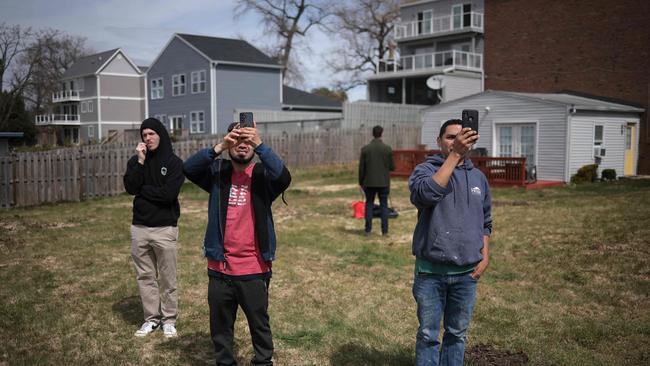
Moody’s Ratings analyst Cíntia Nazima said the Key Bridge accounted for approximately 7% of the authority’s $755 million in toll revenue in 2023.
‘Long-term rebuild’ On Tuesday, Moore said it would take a “long term build” to replace the Key Bridge. Exactly how long that might take is hard to predict.
Last summer, a portion of Interstate 95 in Philadelphia was destroyed after a tractor-trailer shipping gasoline crashed and caught fire. Officials initially said they expected it would take months to reopen. Work crews wrapped up demolition in four days and crews then constructed an interim roadway. The highway reopened less than two weeks later.
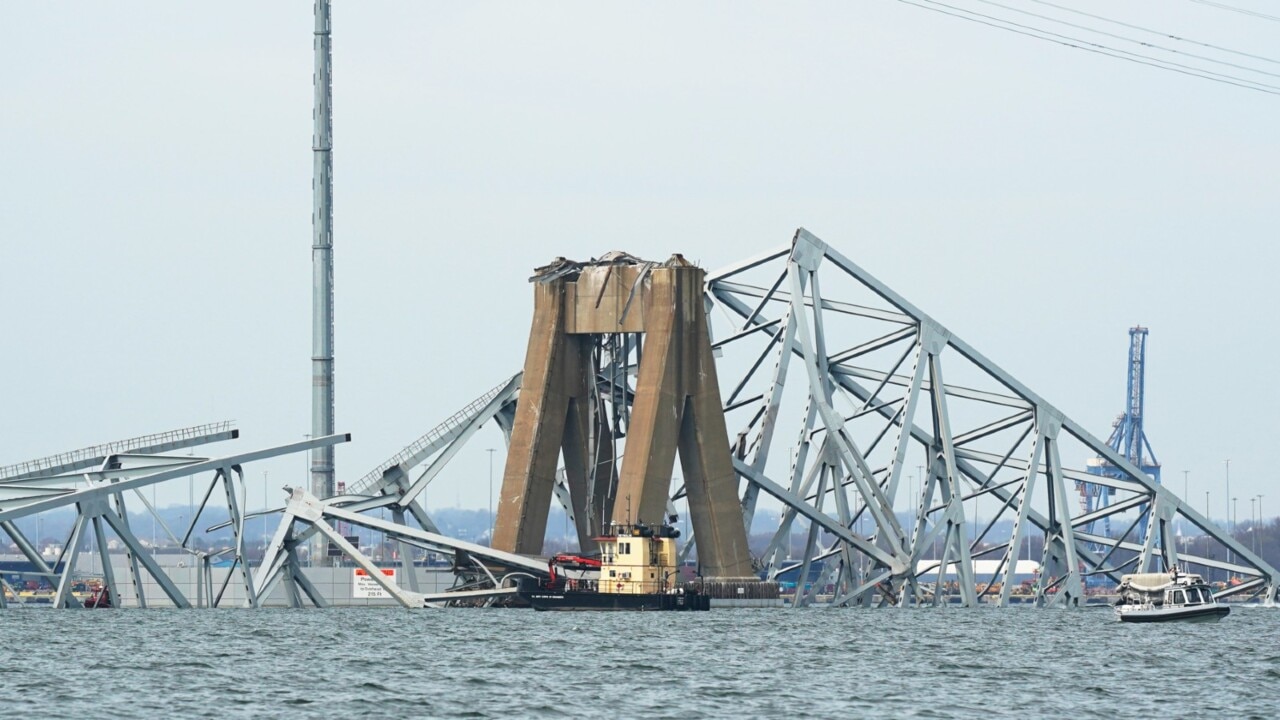
“It seems like this is going to be a different undertaking just because the span is so much longer,” said Matti Siemiatycki, director of the Infrastructure Institute at the University of Toronto. The Key Bridge itself spans 1.6 miles.
Siemiatycki said rebuilding the Baltimore bridge likely would more comparable to the four-lane bridge in the Italian city of Genoa that collapsed in 2018. A new bridge on the stretch of highway connecting the port city to France opened two years after the collapse.
--Heather Gillers and Sam Goldfarb contributed to this article.
The Wall Street Journal

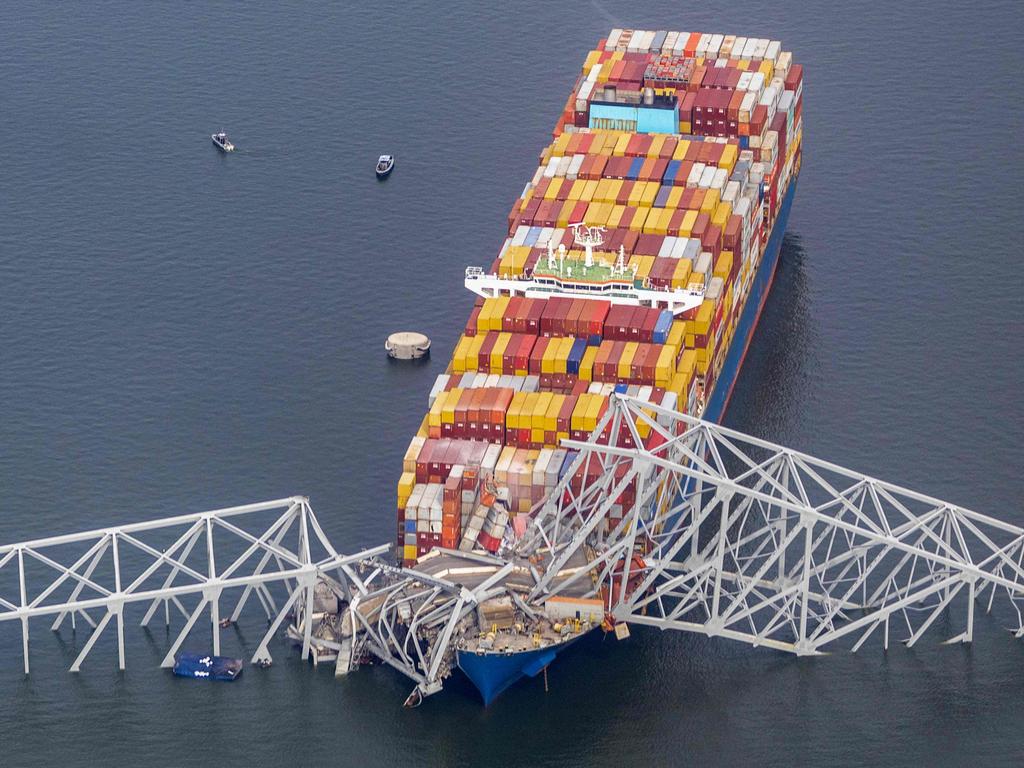
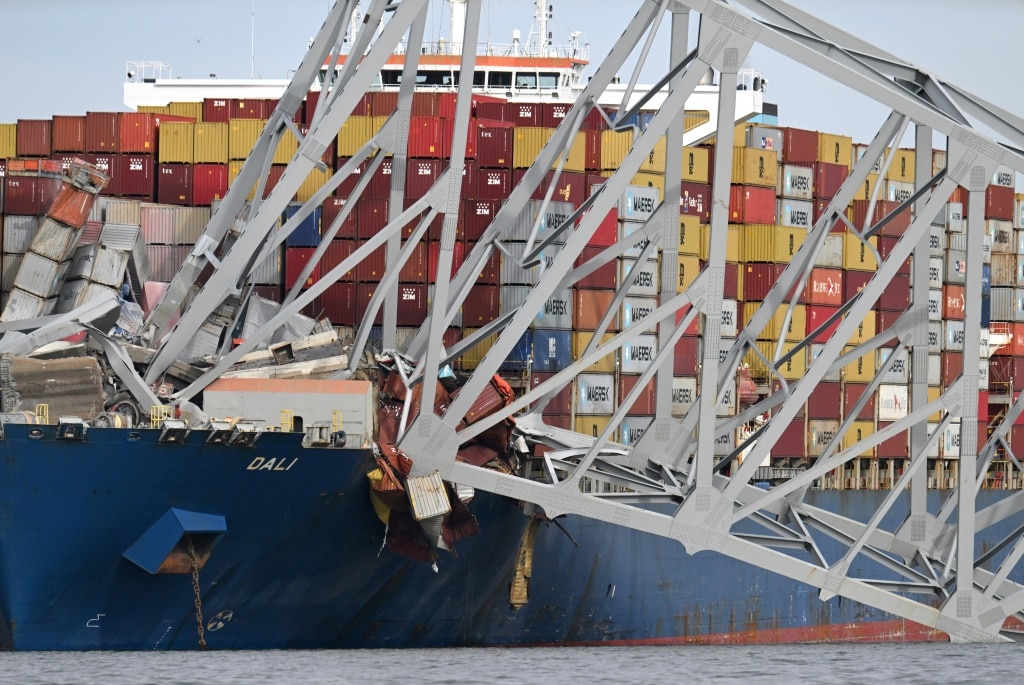
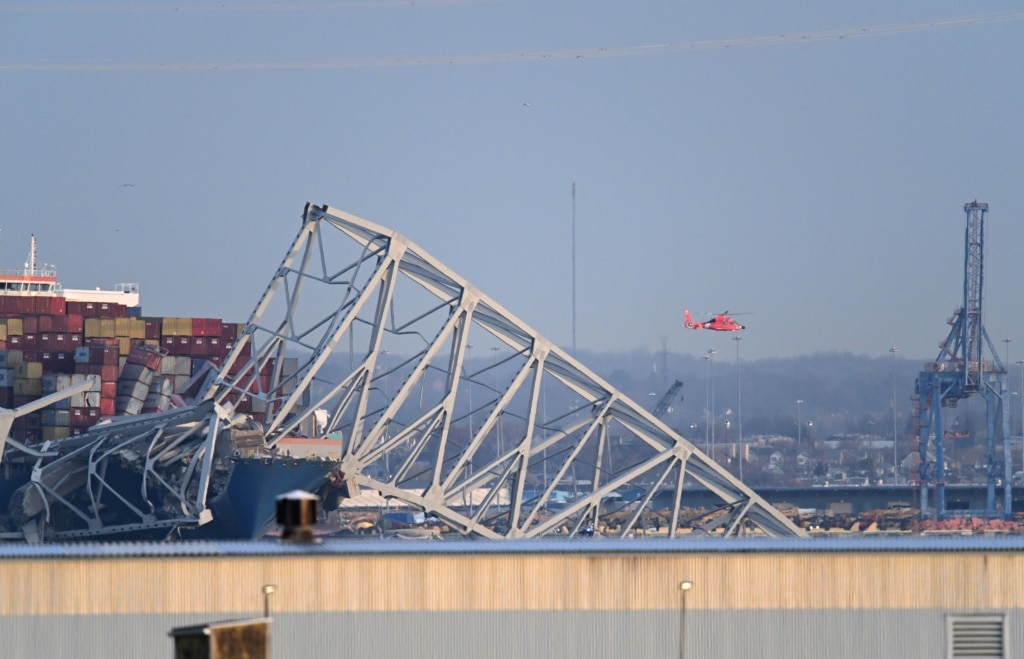
To join the conversation, please log in. Don't have an account? Register
Join the conversation, you are commenting as Logout